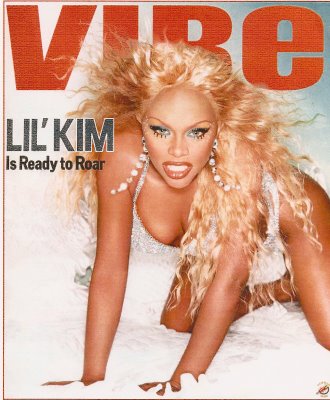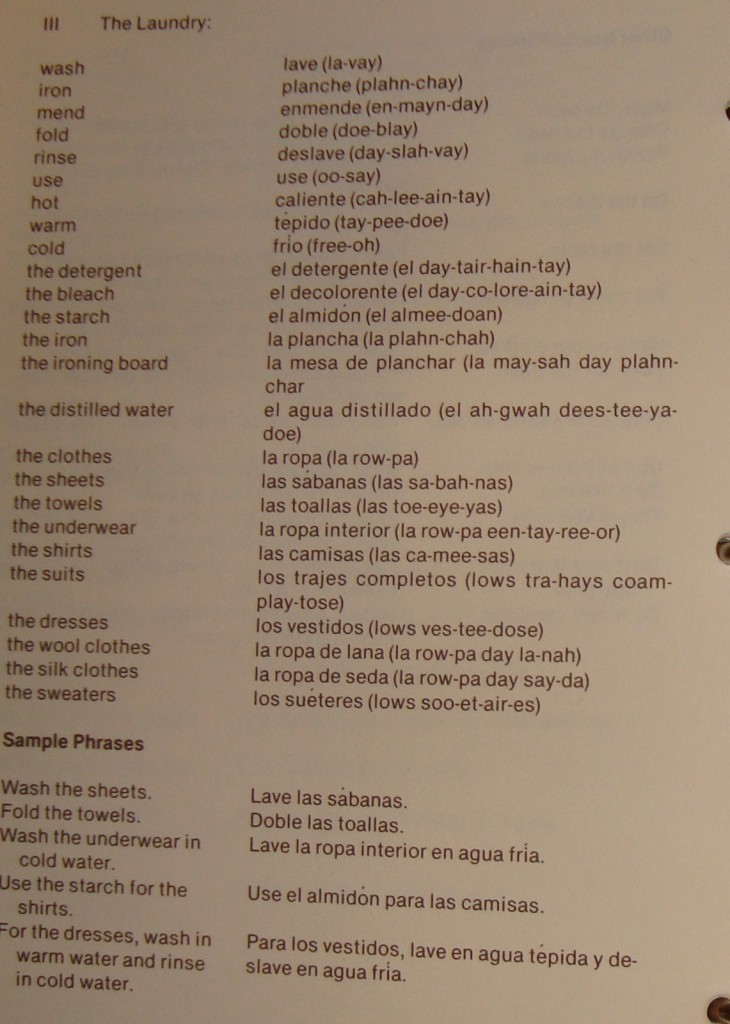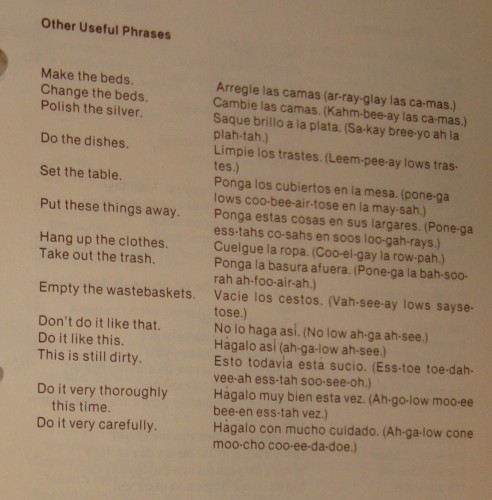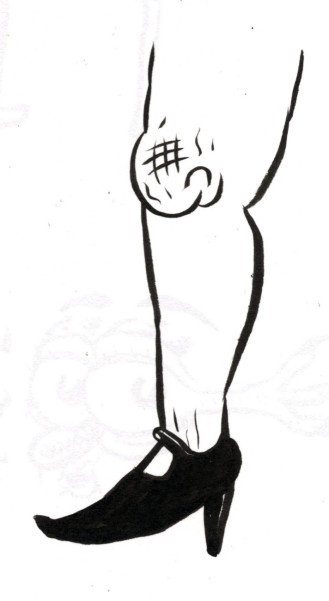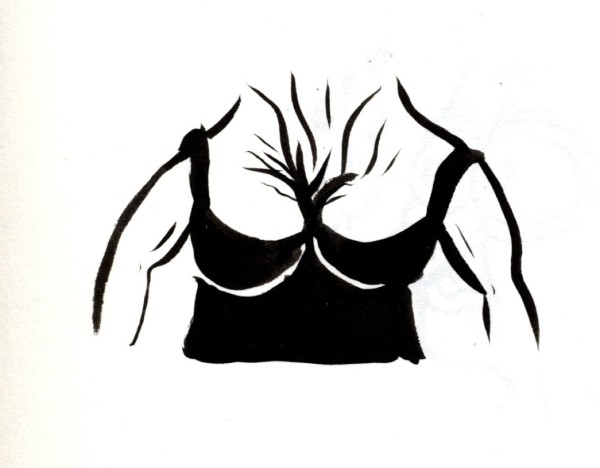Chrissy Y., Stacey S., and a former student of mine, Kenjus Watson, have all suggested that we post about the controversy over Olympic athlete Caster Semenya’s sex.

A lot of people are talking about whether or not it’s appropriate to be asking about her sex and why we would be so obsessed with knowing the answer. Those are fine questions (and I address them secondarily). But first I would like to suggest that, even if we were to decide that it is appropriate to want to determine her sex (that we are obsessed with it for a good reason), it would be impossible to actually determine her sex definitively. Let me explain:
If you were to try to decide what qualifies a person as male or female, what quality would you choose?
I can think of eight candidates:
1. Identity (whatever the person says they are, they are)
2. Sexual orientation (boys dig girls, vice versa)
3. Secondary sex characteristics (e.g., boobs/no boobs, pubic hair patterns, distribution of fat on the body)
4. External genitalia (e.g., clitoris, labia, vaginal opening/penis and scrotum)
5. Internal genitalia (e.g., vagina, uterus, and fallopian tubes/epididymis, vas deferens, seminal vesicles, prostate, etc)
6. Hormones (preponderance of estrogens/androgens)
7. Gonads (ovaries/testes)
8. Chromosomes (XX/XY, the SRY gene)
Most of us assume that these criteria all line up. That is, that people with XY chromosomes have testes that make androgens which creates a penis, epididymis, vas deferens etc… all the way up to a male-identified person who wants to have sex with women. We also assume that these things are binary (e.g., boobs/no boobs), when in reality most of them are on a spectrum (e.g., hormones, also boobs, likely sexual orientation).
But these criteria don’t always line up and sex-linked charactertics aren’t binary. Examples of “syndromes” that disrupt these trajectories abound (e.g., Klinefelter’s syndrome). And all kinds of practices, including surgeries, are sometimes used to force a binary when there isn’t one (e.g., intersex surgery to fix the “micropenis” and “obtrustive” clitoris and breast reduction surgery for men).
If these criteria don’t always line up, then we have to pick one as THE determinant of sex. But any choice would ultimately be arbitrary. The truth is that none of these criteria could ever actually definitively qualify a person as male or female.
The alternative would be to require that a person qualify as male or female according to ALL of the criteria. And you might be surprised, then, how many people are neither male or female.
I think the debate over whether we should test Semenya’s sex is getting ahead of itself, given that there is no such test.
———————————————–
Yet, while we won’t be learning anything definitive about Semenya’s sex, the controversy does teach us something about our obsession with sex difference. On MSNBC, Dave Zirin explains what the controversy over is really about:
[youtube]http://www.youtube.com/watch?v=eK-w6lDOZ5Q[/youtube]
To me, one of the most interesting things that Zirin says is that sex isn’t actually a good indicator of athletic ability. He may be a guy, he says, but having a penis doesn’t translate into outrunning anyone.
He is implying that sex segregation in athletics, as a rule, is more about an obsession with sex categories and their affirmation than it is about sports. Remember, Semenya’s sex is being questioned not just because she appears masculine to some (she always has), but because she kicked major ass on the track.
Kenjus, my former student, writes:
…why didn’t they test Usain Bolt? He did amazingly well… Yet, his otherworldly accomplishments are considered the result of his never-before-seen body structure… Usain, however, is a big, strong, fast Black man. The fact that his times are just as mind-boggling as Caster’s gets lost in the widely accepted narrative that big, strong, fast Black men accomplish amazing athletic feats. It’s what they’re built for.
But this woman has apparently baffled the athletic and scientific experts because her body is not doing what a woman’s body is supposed to do. More specifically, her shape is too muscular, her voice is too deep, and her time is too fast. Essentially, “Semenya-the-woman” CANNOT exist in an exclusively two-gendered (i.e. men and women) society in which men are innately bigger, stronger, more deeply-voiced, and particularly FASTER than women…
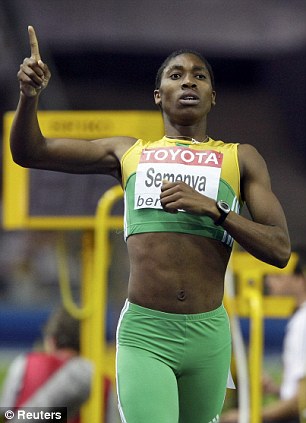
Semenya is getting far more media attention than the recent cheating scandals of higher profile athletes. This is precisely because there’s something that separates Caster from an A-Rod, a Marion, a Sosa… The world is captivated by Caster because something that should be certain; unquestionable; medical; pre-ordained, is in flux. It is regrettable that some athletes take illegal drugs to gain an edge over the competition. It’s entirely unethical, unnatural, and ungodly for an athlete to not fit into our narrow specifications of what constitutes gender or sex.
Indeed. Our obsession with Semenya’s sex, in addition to being hurtful and invasive, says a great deal more about us, than it does about her. And perhaps the reason we are so obsessed with proving Semenya’s sex, to bring this post back to its beginnings, is because binary sex doesn’t actually exist. Me thinks we protest too much.
(Thanks to Mimi Schippers, via the Sociologists for Women in Society listserve, for alerting me to the video. Images found here and here.)
—————————
Lisa Wade is a professor of sociology at Occidental College. You can follow her on Twitter and Facebook.
Lisa Wade, PhD is an Associate Professor at Tulane University. She is the author of American Hookup, a book about college sexual culture; a textbook about gender; and a forthcoming introductory text: Terrible Magnificent Sociology. You can follow her on Twitter and Instagram.

![image[3] image[3]](https://thesocietypages.org/socimages/files/2009/08/image3.png)
